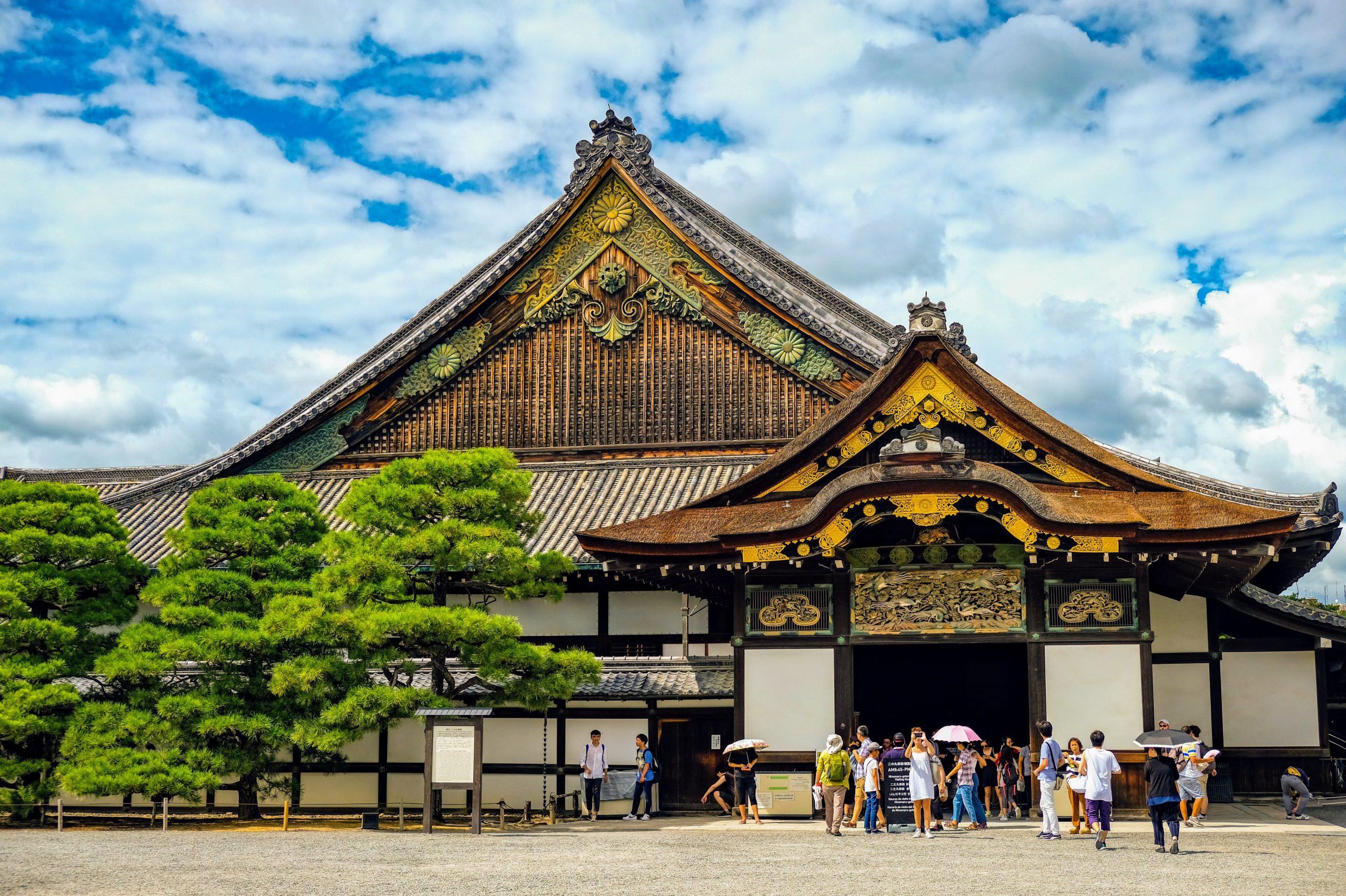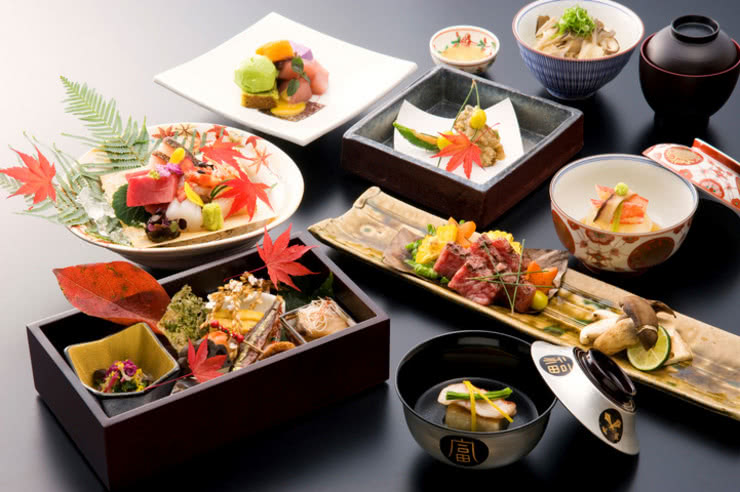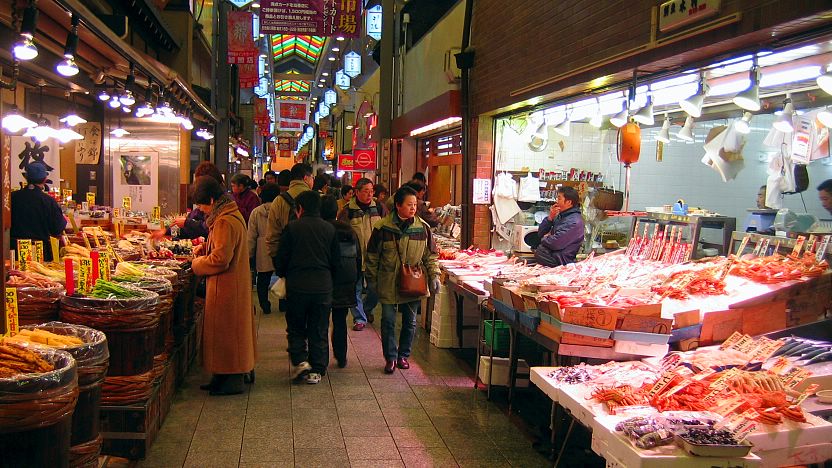Introduction: The Magic of Kyoto, Japan
Nestled in the Kansai region of Japan, Kyoto is a city that evokes a sense of timelessness. Known for its well-preserved traditions and stunning architecture, Kyoto is a haven for both history enthusiasts and seekers of tranquility. With over a thousand years of history, this city has witnessed the rise and fall of empires, making it a treasure trove of cultural heritage.
Kyoto, Japan: Where Tradition Meets Modernity
Kyoto is a city of harmonious contradictions. Its bustling streets are juxtaposed against serene Zen gardens, and modern skyscrapers stand beside ancient shrines. As you wander through the streets, you’ll encounter the delicate artistry of geisha culture, where tradition is meticulously preserved. Don’t miss the opportunity to witness a traditional tea ceremony, a window into the refined rituals of Kyoto’s past.
Exploring Kyoto’s Architectural Marvels
Kyoto’s Temples: A Glimpse into Spiritual Grandeur
:max_bytes(150000):strip_icc()/GettyImages-530105220-5c337bae46e0fb00012fcdfb.jpg)
Kyoto boasts an array of temples that showcase the epitome of Japanese architectural finesse. Among them, the Kinkaku-ji Temple, also known as the Golden Pavilion, is a true marvel. Its upper floors are covered in brilliant gold leaf, creating a breathtaking reflection on the surrounding pond. This temple is a testament to Kyoto’s dedication to preserving its cultural heritage.
Shogun’s Castle: Nijo-jo

Nijo-jo, a UNESCO World Heritage Site, stands as a testament to the city’s historical significance. Built in the early 1600s, this castle served as the residence of the Tokugawa shoguns. Its “nightingale floors,” designed to chirp underfoot, were ingeniously created to alert inhabitants of potential intruders. The stunning architecture and intricate woodwork make Nijo-jo a must-visit destination.
Kyoto’s Natural Splendors: A Soothing Retreat
Kyoto is not only a treasure trove of history but also a sanctuary of natural beauty. The Arashiyama Bamboo Grove is a mesmerizing sight, with towering bamboo stalks creating an otherworldly atmosphere. Take a stroll through this enchanting grove and find solace in the rustling leaves and swaying bamboo.
The Culinary Delights of Kyoto
Kaiseki Cuisine: A Gastronomic Journey

Kyoto’s culinary scene is a celebration of flavor and artistry. Indulge in kaiseki, a traditional multi-course meal that tantalizes the senses. Each dish is meticulously prepared to showcase the essence of seasonal ingredients. From delicate sashimi to exquisitely presented desserts, kaiseki is a testament to Kyoto’s dedication to aesthetics in all aspects of life.
Nishiki Market: A Food Lover’s Paradise

For a taste of local flavors, Nishiki Market is a must-visit destination. This bustling market offers an array of fresh seafood, vibrant produce, and delectable street food. Sample Kyoto’s famous yuba (tofu skin), matcha-infused treats, and more. Nishiki Market is a haven for food enthusiasts eager to explore Kyoto’s culinary treasures.
Unveiling Kyoto’s Geisha Culture
Kyoto is synonymous with geisha culture, and witnessing a geisha performance is an unforgettable experience. Gion Corner, located in the historic Gion district, offers an opportunity to immerse yourself in the world of geisha arts. From traditional dances to tea ceremonies, Gion Corner provides an authentic glimpse into Kyoto’s elegant heritage.
Captivating Festivals: Kyoto’s Vibrant Spirit
Gion Matsuri: A Spectacle of Tradition

Kyoto comes alive during the Gion Matsuri, one of Japan’s most famous festivals. Held annually in July, this month-long celebration showcases extravagant parades, traditional floats, and lively street performances. The vibrant atmosphere and colorful displays encapsulate the vivacious spirit of Kyoto.
Kyoto FAQs
Is Kyoto the capital of Japan?
No, Kyoto is not the current capital of Japan. The capital was moved to Tokyo (formerly Edo) in 1868 during the Meiji Restoration. However, Kyoto served as the imperial capital for more than a thousand years before that.
How do I get around Kyoto?
Kyoto has an efficient public transportation system, including buses and trains, which makes it easy to navigate the city. Consider purchasing a Kyoto City Bus Pass for unlimited rides on city buses.
What is the best time to visit Kyoto?
The best times to visit Kyoto are during the spring (March to May) for cherry blossom season and the fall (October to November) for the stunning autumn foliage. These seasons offer pleasant weather and breathtaking natural beauty.
Can I experience a traditional tea ceremony in Kyoto?
Yes, Kyoto offers several opportunities to experience a traditional tea ceremony. Many tea houses in the city provide authentic tea ceremonies where you can learn about the art of tea preparation and enjoy a serene atmosphere.
How can I respectfully interact with geisha in Kyoto?
While encountering a geisha on the streets of Kyoto is a rare occurrence, you can enjoy their performances and interactions at designated places like Gion Corner. Remember to be respectful and avoid interrupting their work.
Are English services available in Kyoto?
Yes, many tourist attractions, hotels, and restaurants in Kyoto offer English services to accommodate international visitors. It’s advisable to carry a translation app or a pocket guidebook for ease of communication.
Conclusion: A Timeless Tapestry of Culture
Kyoto, Japan is a city that seamlessly weaves together its rich history, captivating traditions, and stunning landscapes. From the grandeur of its temples to the serenity of its gardens, Kyoto offers an enchanting escape into a world where past and present coexist harmoniously. Whether you’re drawn to its cultural heritage or its natural beauty, Kyoto is a destination that promises an unforgettable journey through time and elegance.
